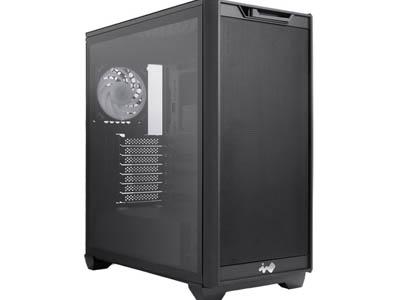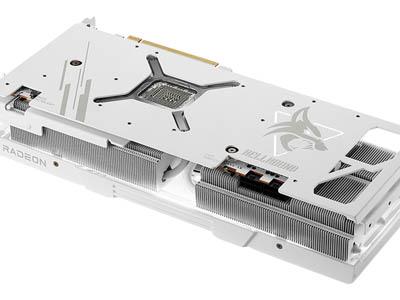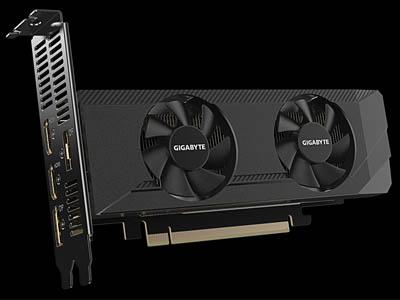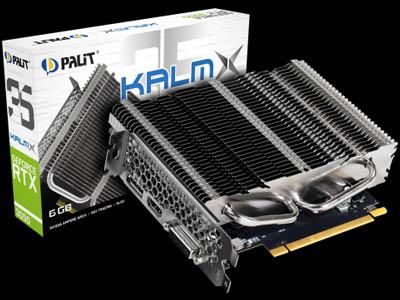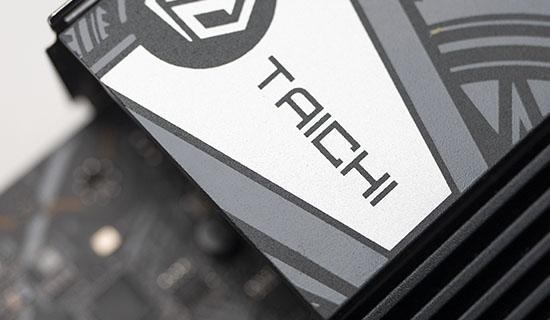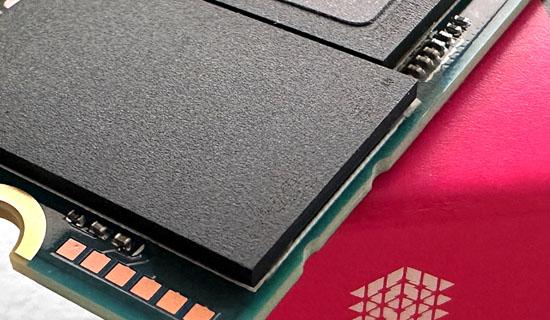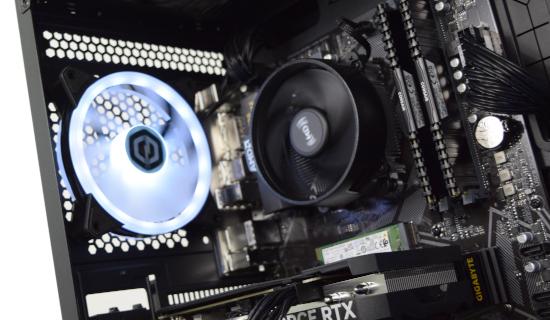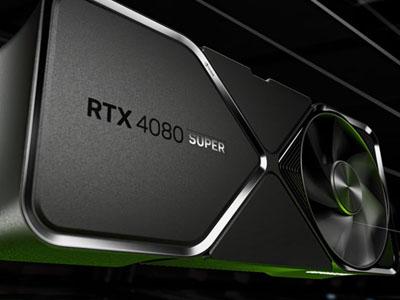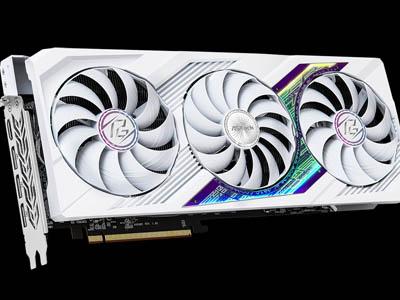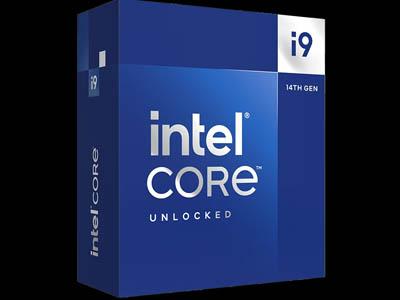AMD’s brand-new CPU will be in stores soon but is it appropriate as the beating heart of your next desktop system? That’s a difficult question to answer.
You’d be forgiven for glancing out the results and coming to the conclusions that the Ryzen 7 7800X3D was a solid if unremarkable mid-range performer, but contextually each result points to a CPU punching above its weight class in key areas.
In some single- or lightly-threaded benchmarks for instance, those with a workload that can exploit the chip’s oversized L3 Cache, the chip performs admirably. Older games and scenarios where GPU bottlenecks are eliminated will in particular be able to take advantage of this feature, but loaded 4K gaming workloads won’t see the same benefit.
On the other hand, in some specific single-threaded workloads the 7800X3D could best be described as mediocre, hampered by relatively low operating frequencies. Cinebench R23 is an obvious, and not lone, example.
Perhaps the most astonishing result however was power efficiency, where our load test simply didn’t push the power or thermal limits of the CPU in the slightest. Irrespective of whether there’s more thermal or voltage headroom which could be realised into better performance under specific load conditions, lower power draw of this magnitude will translate into significant cost of ownership savings over time. Even if gaming is the predominant use case.
In most multi-threaded benchmarks the chip punches well above its weight, elevating it above ‘average’ in the middle tier. In some, such as the synthetic broad use-case test of PCMark 10 or Davinci Resolve’s Puget Benchmark, it excels and is almost, but not quite, top of the pile.
In principle, the 7800X3D is ideal for gaming at low resolutions but high frame rates, particularly approaching or surpassing 240fps at 1080p. The gap should close as resolution and thus GPU load increases, but it should stay in the elite tier except in a true minority of titles. Mixed workloads involved with content creation, or regular light workloads punctuated by a need for brief bursts of performance, would also be appropriate so long as there are few major time constraints (for example where high rendering speed is essential to your overall daily throughput).
Above all else, the Ryzen 7 7800X3D highlights the fact that more cache is not a panacea. Core count, operating frequency, boost curves and underlying architecture also have a significant impact on overall performance that shouldn’t be discounted. Ongoing discussions regarding thread scheduling on the 7950X3D, where it’s difficult for the OS to project core or CCD affinity to threads that can utilise the cache effectively, prove that. But where it’s done well and clears those hurdles, such as in the 7800X3D, the result can be something special.
At an MSRP of US$449 the Ryzen 7 7800X3D reflects the price premium of modern day CPUs, but the results show that you’re not being short-changed. Great power efficiency and low temperatures will peak the interest of the more discerning owner, but great gaming performance and solid mixed workload metrics make it probably the strongest all-round CPU in AMD’s current lineup.
Pros
+ Great gaming results
+ Better than average mix workload result
+ Exceptional power efficiency
+ Better temperatures than those previously seen on AMD’s Ryzen 7000-series
+ AMD’s AM5 desktop platform has become significantly more affordable since launch
Cons
- Still relatively expensive
- Unlikely to have much overclocking headroom.
- Low operating frequencies lead to it falling behind in a minority of benchmarks.
+ Great gaming results
+ Better than average mix workload result
+ Exceptional power efficiency
+ Better temperatures than those previously seen on AMD’s Ryzen 7000-series
+ AMD’s AM5 desktop platform has become significantly more affordable since launch
Cons
- Still relatively expensive
- Unlikely to have much overclocking headroom.
- Low operating frequencies lead to it falling behind in a minority of benchmarks.
Click here for an explanation of our awards at Vortez.net.
Stay connected with the Vortez Social Media pages:
Join in with the discussions on Discord






